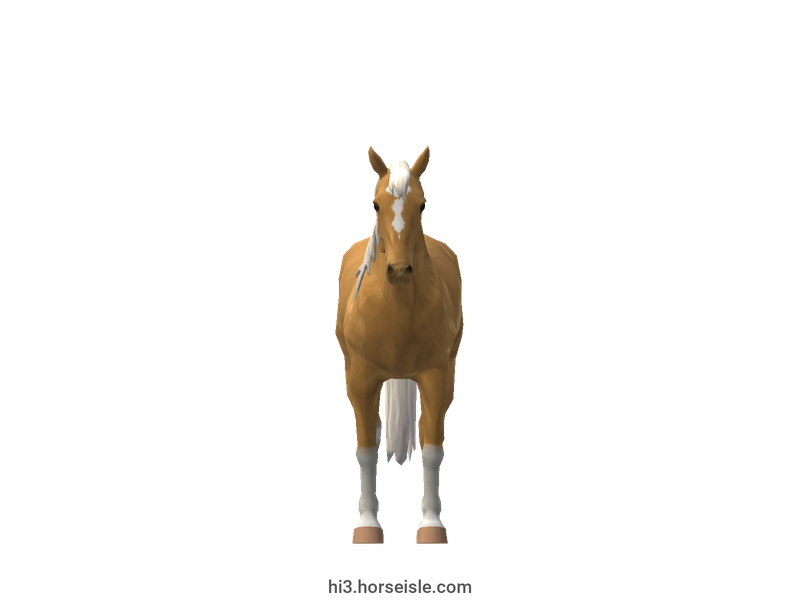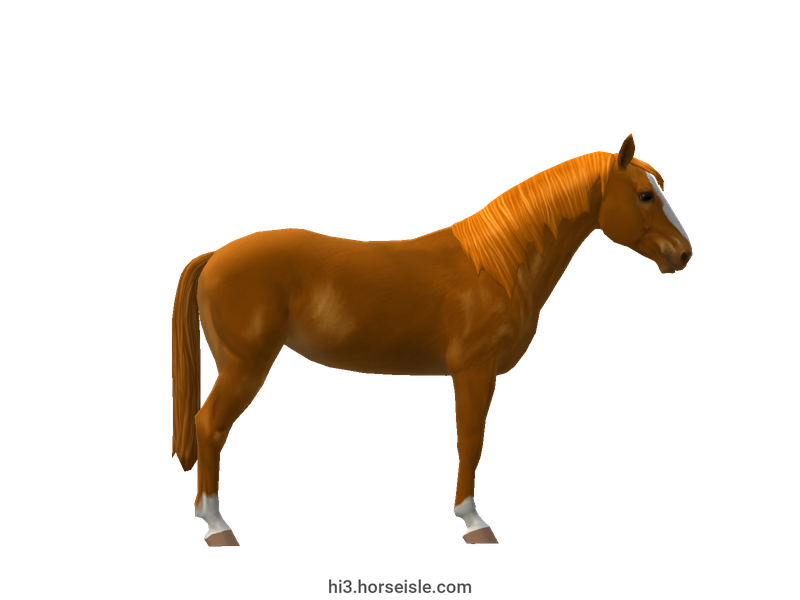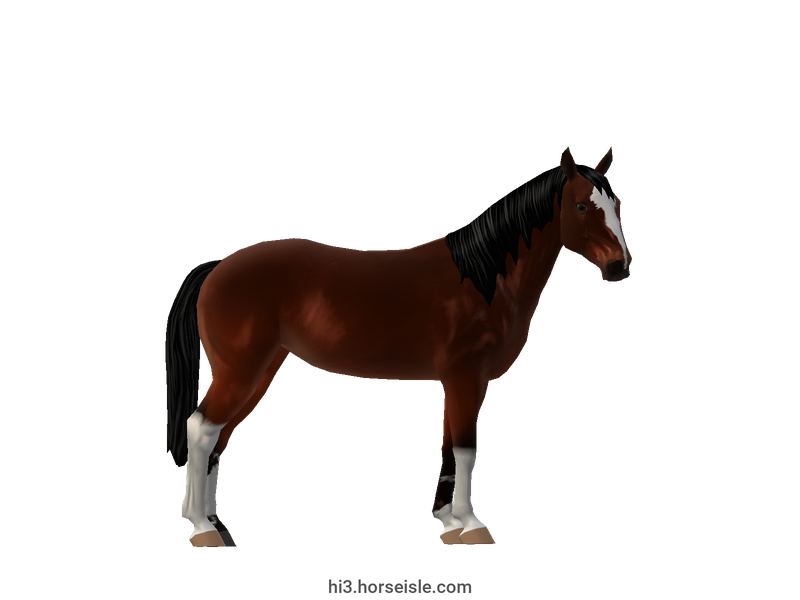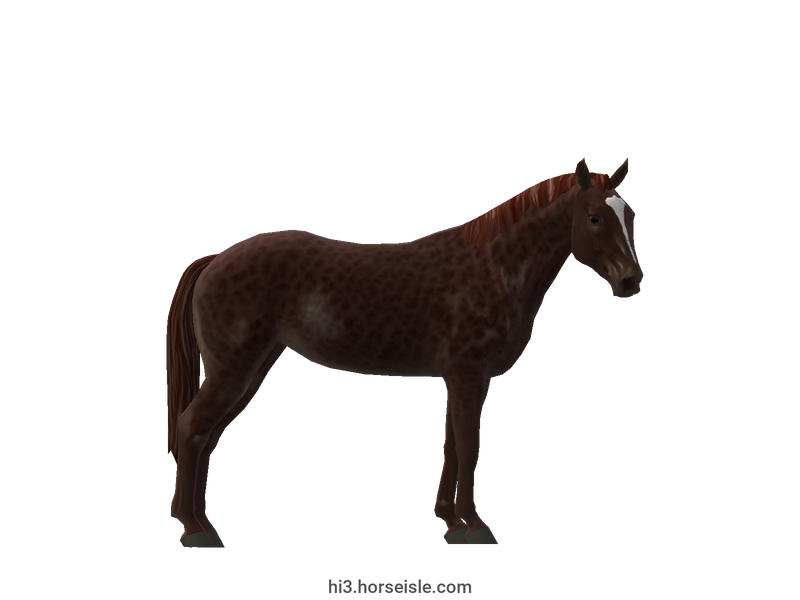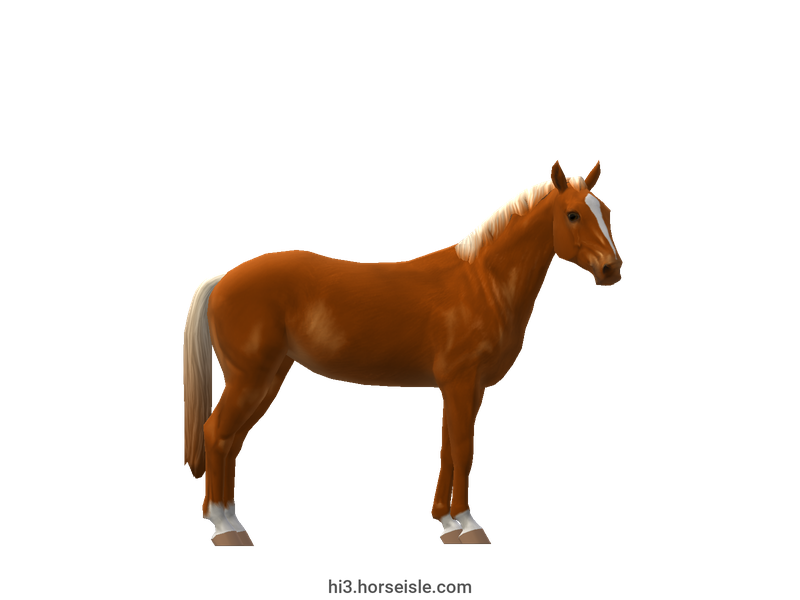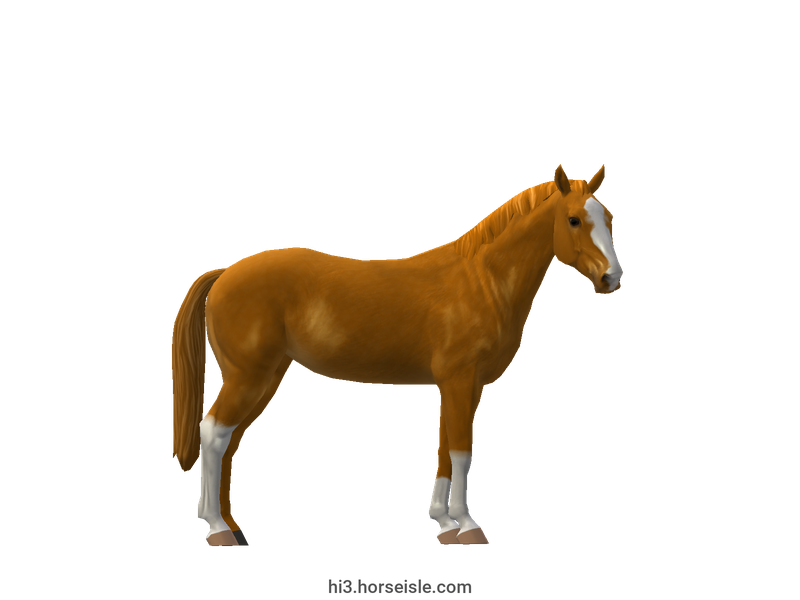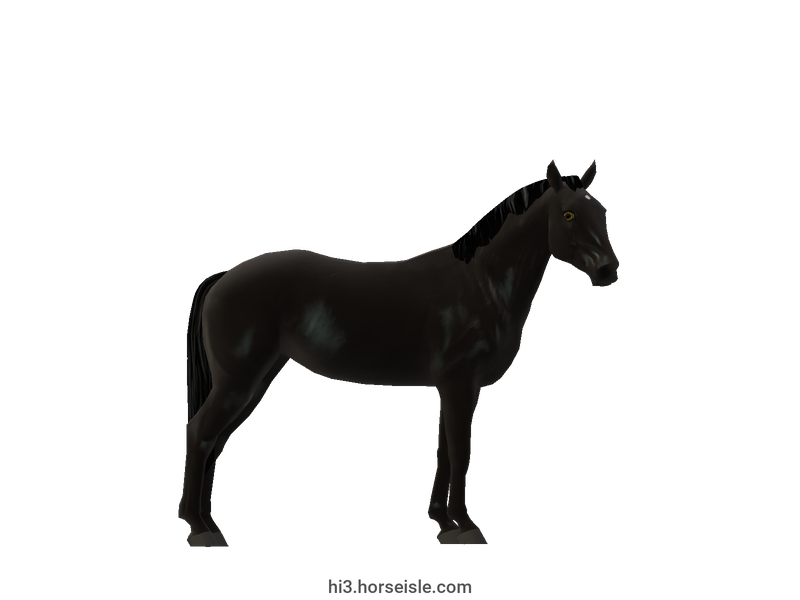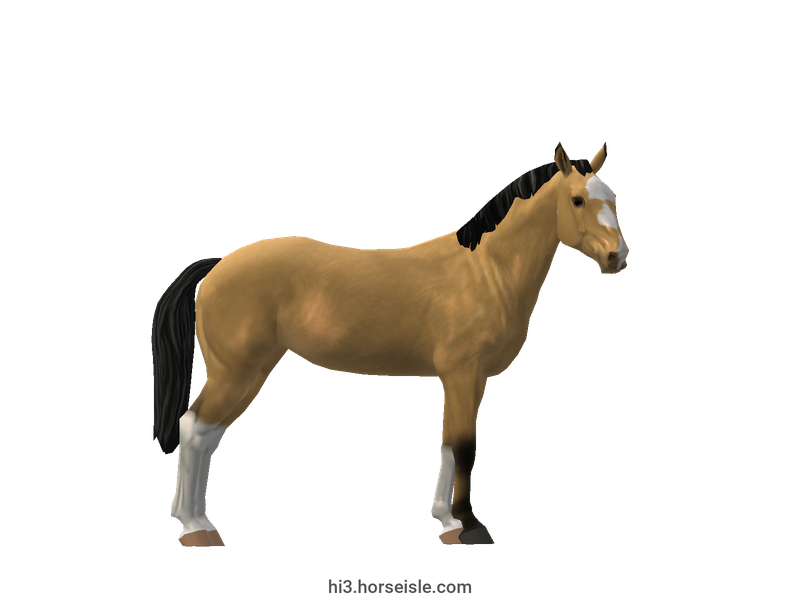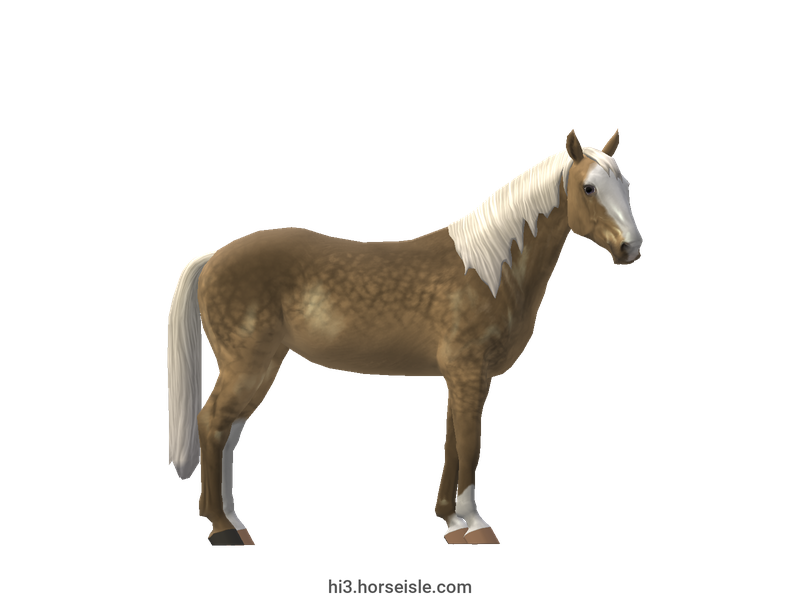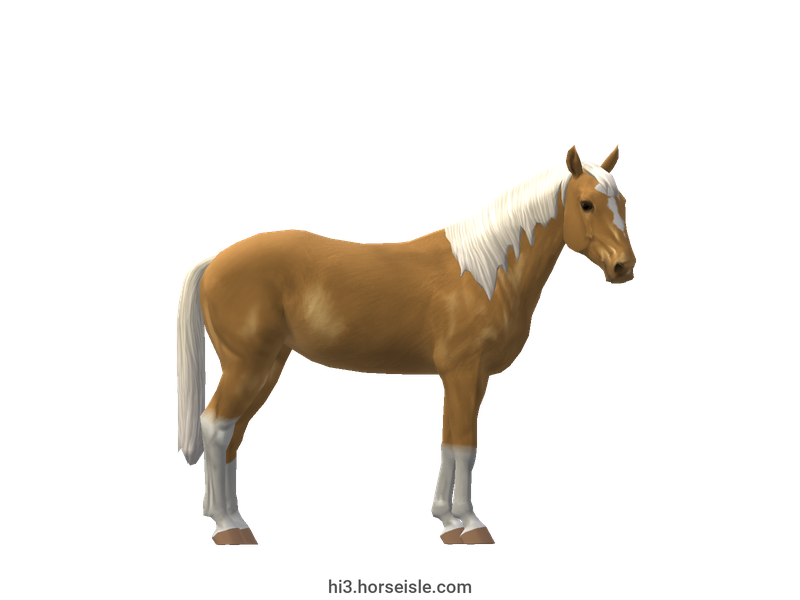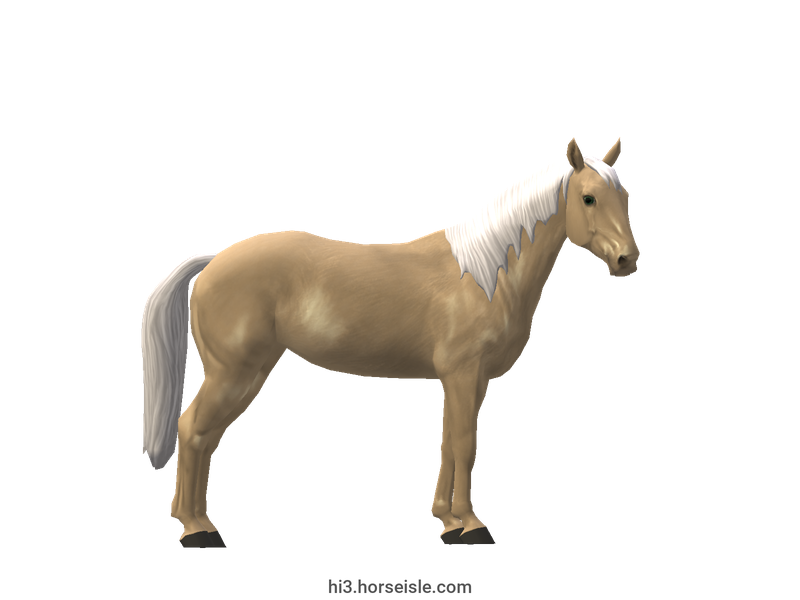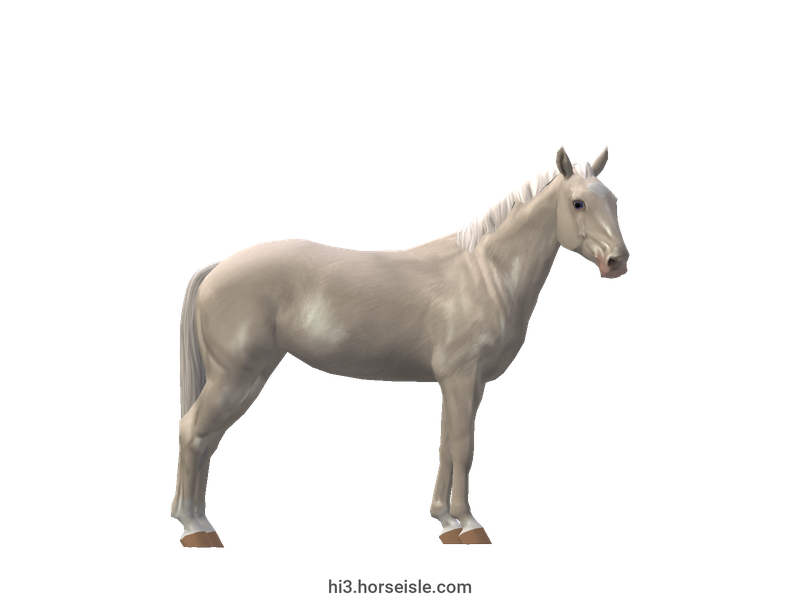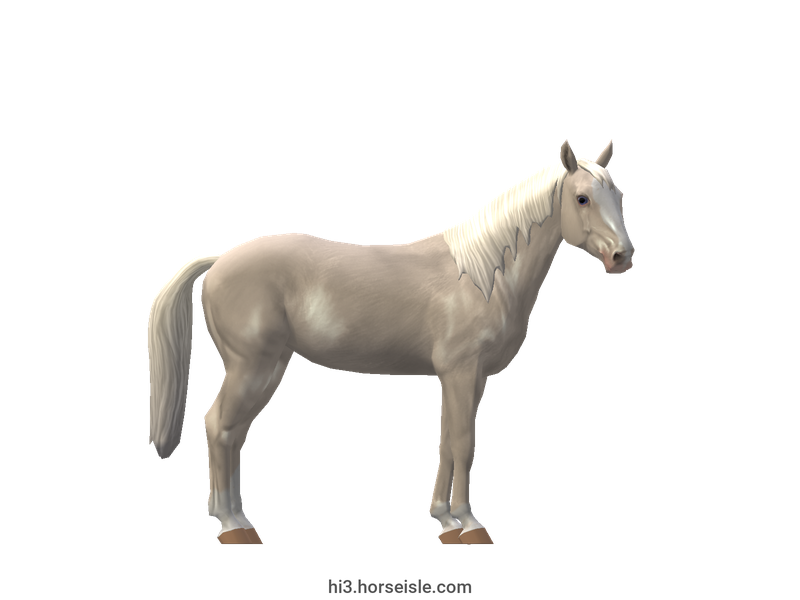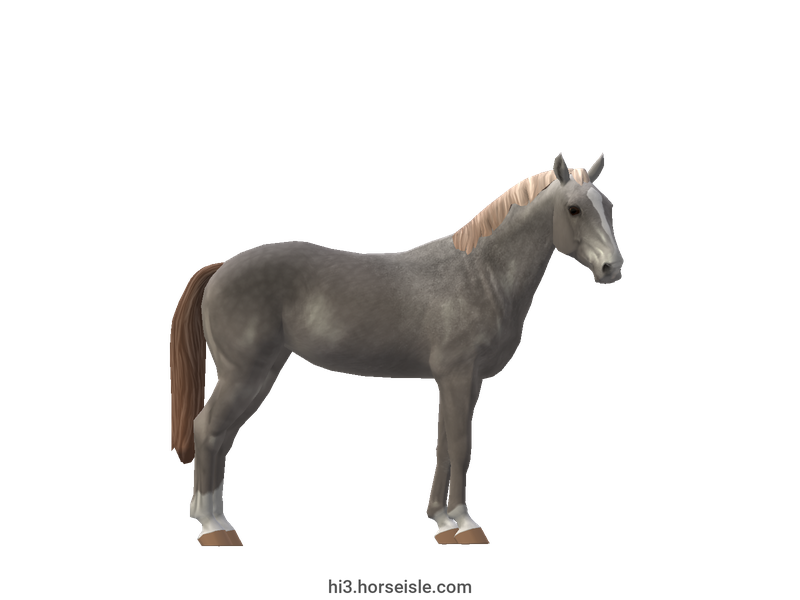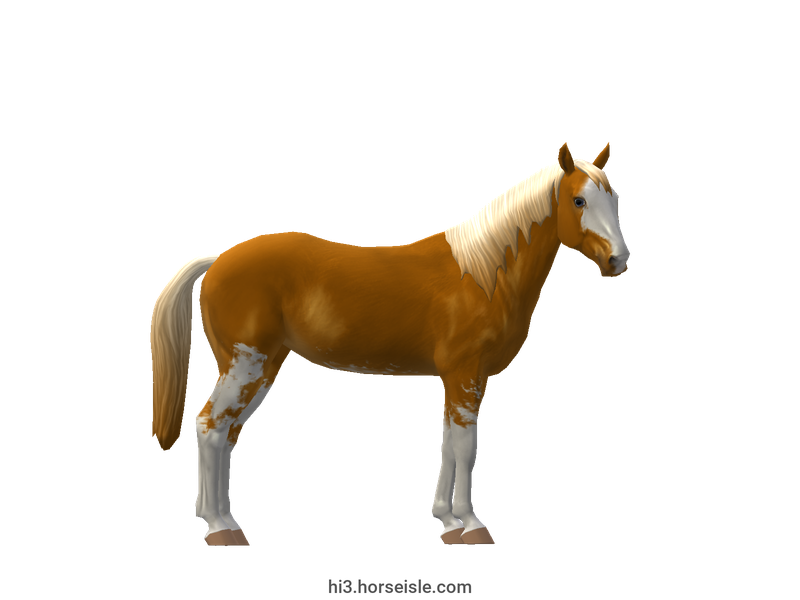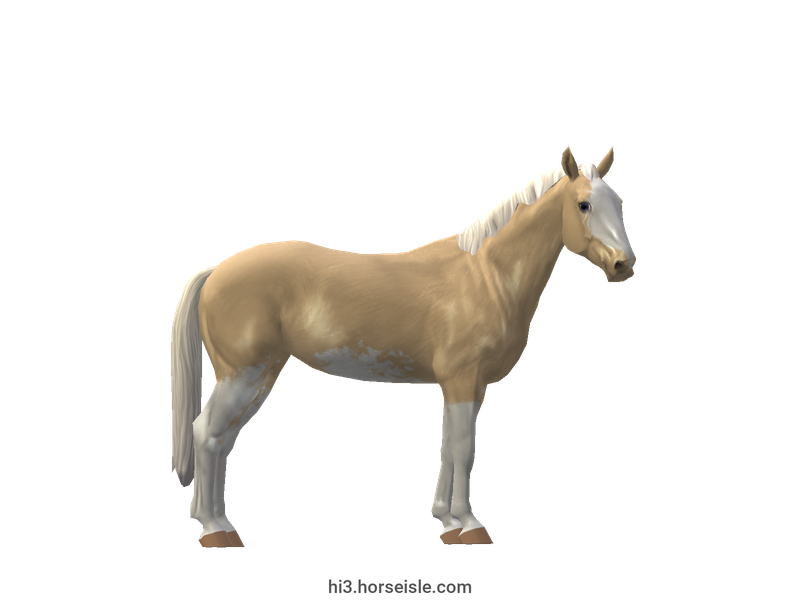Our Massive Real World Equine Reference!
[ INDEX ] Equine Type: Horse Breed: Frederiksborg (Freddy) [ PREV ] [ NEXT ]
In the 16th century, the Danish king Frederik II established new royal stables in the region of Frederiksborg, and populated them with stallions that he brought from other royal farms. His plan was to start a new breeding program for horses that will be used for classical dressage and for pulling carriages. His son, Christian IV, was also interested in the breeding program, and decided to manage it himself. Christian constantly bought and incorporated new stallions of Spanish horse breeds into the breeding cycle, and avoided using the same stallions repeatedly. The result was the Frederiksborg breed.
In the 17th century, it became fashionable for the carriage horses in the same pulling team to look almost identical to each other. In order to generate horses that fulfill this requirement, the Frederiksborg stud farm started to match stallions and mares based on their appearance. They divided their horses into different color groups, including one group of white Frederiksborgs who were reserved for the King's coach. This new breeding approach turned the Frederiksborg horse into the finest carriage horse at the time, and the breed became famous all over Europe.
In the 18th century, the demand for Frederiksborg horses had spiked to new levels, and led to Frederiksborgs being exported to other European countries in an astonishing rate. Alas, in the 19th century, after almost 100 years of exporting horses, there weren't enough Frederiksborgs left in the royal stables for maintaining their breeding-program. The royal stables had to close their gates, thus officially ending the national Danish breeding program for Frederiksborg horses.
Luckily for the breed, private farmers continued to breed their purebred Frederiksborgs, thus saving the breed from extinction. In 1939, they started to cross these horses with Oldenburgs, Friesians, Arabians, and Thoroughbreds, in order to transform the heavy Frederiksborg horse into a lighter riding horse.
Today, Frederiksborg horses are rare, and can found mainly in Europe. Most of them have a chestnut coat, though individuals in the colors of bay, black, grey, and cream-diluted can be found as well. In addition, they often have white markings, and many of them have sabino markings on their faces, legs, and bellies. Frederiksborg horses stand between 15.1hh to 17hh.
[ INDEX ] [ PREV ] [ NEXT ]



